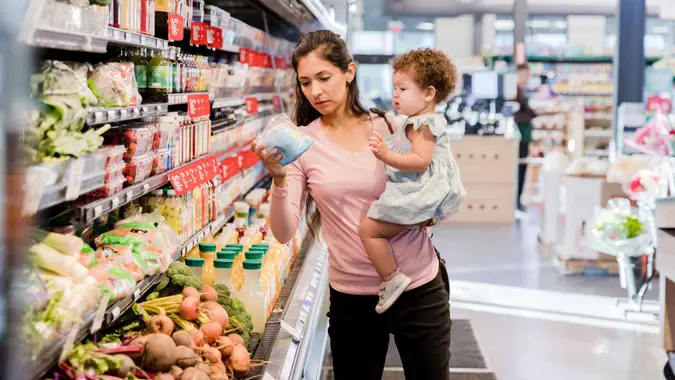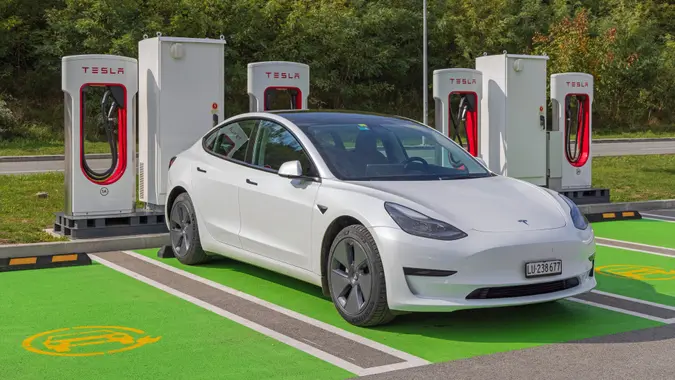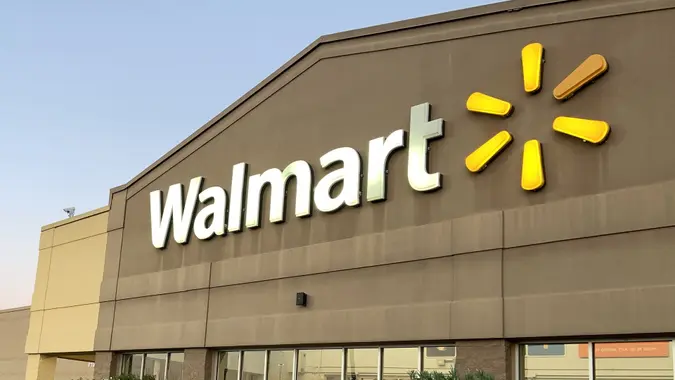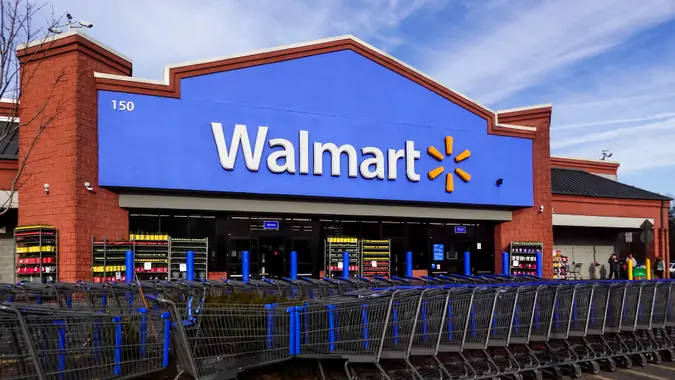Food Stamps: All the Ways You Can Qualify for SNAP and Which States Participate Most and Least

Commitment to Our Readers
GOBankingRates' editorial team is committed to bringing you unbiased reviews and information. We use data-driven methodologies to evaluate financial products and services - our reviews and ratings are not influenced by advertisers. You can read more about our editorial guidelines and our products and services review methodology.

20 Years
Helping You Live Richer

Reviewed
by Experts

Trusted by
Millions of Readers
The U.S. Department of Agriculture adjusts SNAP income and resources limits, maximum allotments and more each fiscal year to account for the cost of living. Most households who meet SNAP guidelines are eligible for monthly benefits.
When calculating eligibility and benefit amount, the USDA says households must meet:
- Gross and net income limits: Income must be at or below 130% of the federal poverty line.
- Resource limits: Assets must fall below $2,750 for households without a member aged 60 or older or who has a disability and below $4,250 for households with such a member.
- Word requirements: Able-bodied adults without dependents can receive SNAP for only three months in a three-year period if they don’t work at least 80 hours per month. This applies to ABAWDs between the ages of 18 and 52, excluding homeless people, veterans and adults ages 18 to 24 who aged out of foster care.
SNAP counts cash income from all income before payroll taxes are deducted and unearned income, such as unemployment insurance and Social Security. Families with no net income receive the maximum allotments. For households with net income, the monthly SNAP benefit equals the maximum benefits for that household size minus 30% of the household’s net income, according to the Center on Budget and Policy Priorities.
Here is the gross monthly income limit for U.S. households at 130% of the poverty level for federal fiscal year 2024, which began in October 2023.
| Household Size | 48 States, D.C., Guam and the Virgin Islands | Alaska | Hawaii |
|---|---|---|---|
| 1 | $1,580 | $1,973 | $1,817 |
| 2 | $2,137 | $2,670 | $2,457 |
| 3 | $2,694 | $3,366 | $3,098 |
| 4 | $3,250 | $4,063 | $3,738 |
| 5 | $3,807 | $4,063 | $4,378 |
| 6 | $4,364 | $5,456 | $5,018 |
| 7 | $4,921 | $6,153 | $5,659 |
| 8 | $5,478 | $6,849 | $6,299 |
| Each additional member | $557 | $697 | $641 |
SNAP also considers assets when determining eligibility, which are resources that could be available to households to purchase food, like money in your bank account. Items that aren’t accessible, including your home, retirement savings and personal property, do not count, CBPP noted.
However, not all states have the asset test, and many residents qualify as long as they don’t exceed the SNAP income limits based on their household size.
Nationwide, 12.5% of the population received SNAP benefits, but some states participate more than others.
For example, 22.9% of residents in New Mexico receive SNAP benefits, according to the Pew Research Center, the highest of any state. The next highest was the District of Columbia, where 21.4% of residents receive SNAP, followed by Oregon (17.8%) and West Virginia (17.7%).
Utah had the lowest rate of SNAP use (4.6%), followed by New Hampshire (5%), Wyoming (5.1%) and North Dakota (5.8%).
More From GOBankingRates
- Nearly 1 in 3 Americans Hit by a Costly Holiday Scam, Norton Survey Shows -- How To Avoid This
- Here's What the Average Social Security Payment Will Be in Winter 2025
- How Middle-Class Earners Are Quietly Becoming Millionaires -- and How You Can, Too
- The Easiest Way to Score $250 for Things You Already Do
 Written by
Written by 

























